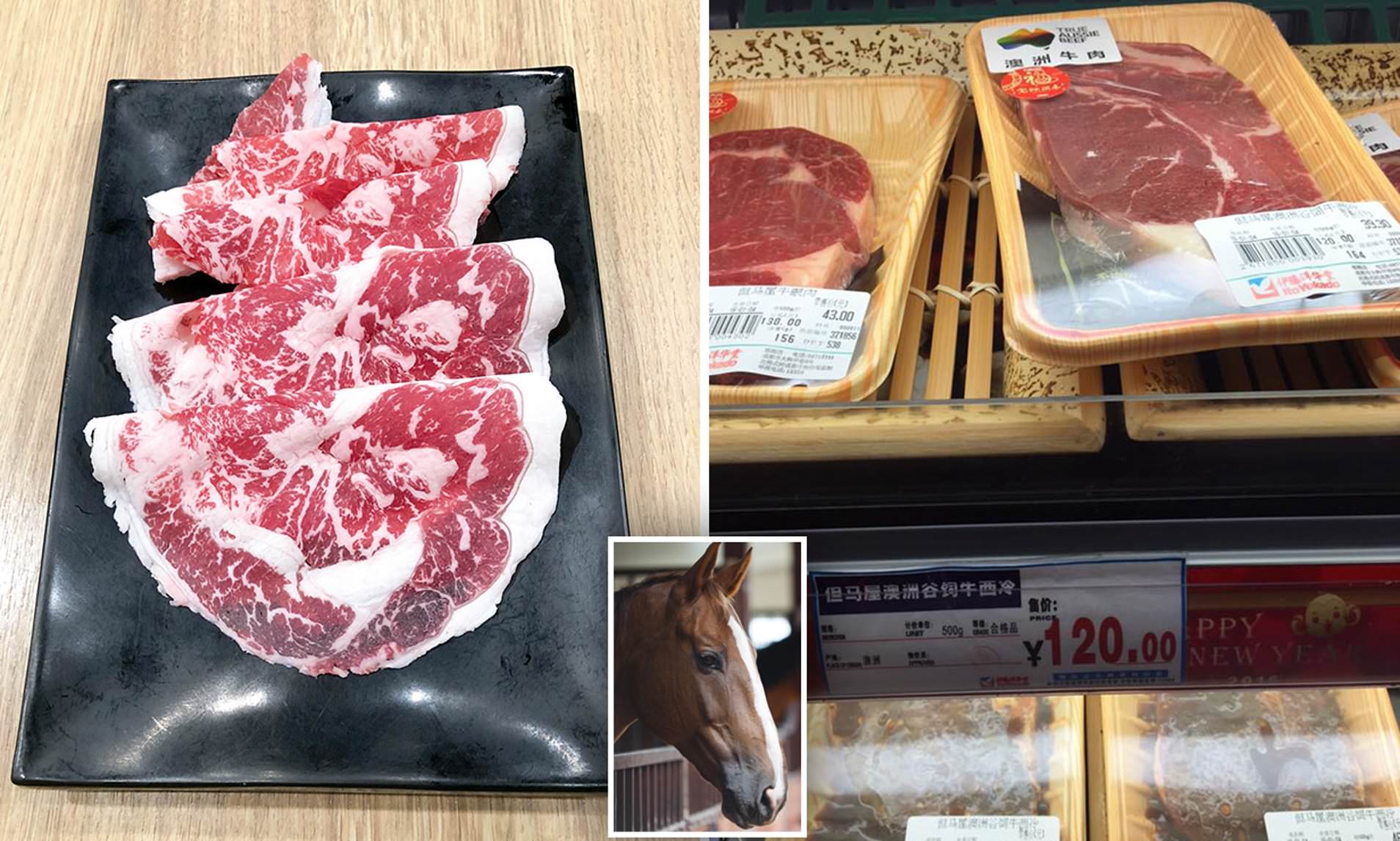



Article by: Hari Yellina
With the high price of beef, the urge to fabricate species and cuts is greater than ever, and the methods for doing so are growing more advanced. While meat fraud is uncommon in Australia, cattle farmers have a vested interest in preventing it – or even inadvertent substitution – in other countries, given that three-quarters of Australian beef is exported. That is why Australian scientists are working on strategies to outsmart the con artists. Researchers at the Queensland Alliance for Agricultural and Food Innovation are working on building advanced machine learning algorithms that can authenticate meat species, cut, and even origin.
Professor Louwrens Hoffman, chair of meat science at QAAFI, said that with population increase boosting food demand, there was a significant economic advantage in adulterating food – swapping premium products for lesser products or species. He claimed that high-value foodstuffs, such as meat, were particularly vulnerable to food fraud. While more expensive cuts such as sirloin and rump can be difficult to swindle, stewing beef and mince are significantly more uniform. “However, each cut has a unique chemical compound structure, which we can quickly identify using imaging technologies,” Prof Hoffman explained.
He and his colleague Daniel Cozzolino are developing machine learning models that will mostly be utilised in marketplaces where huge numbers of horses are slaughtered, he said. Retailers will often use the end output of the scientific investigation to validate products, he added. However, it will have ramifications on home turf as well. “We don’t believe there is much meat fraud in Australia,” Prof Hoffman said, “but it’s possible that consumers are unaware of methods like adding plant-based elements to items like sausages.” Processors might use science to supplement their analytical tests.
“The problem is that a carcse has an ID up until it’s cut into steaks, at which point we can’t tell which animal it came from,” Prof Hoffman explained. It’s similar to DNA testing, but it’s faster, cheaper, and less invasive. To offer data about a beef sample, the scientists are using light-based, or spectroscopic, technologies. Prof Hoffman noted that commercially accessible handheld instruments that emit light in the near-infrared (NIR) spectrum can acquire the ‘signature’ of a sample. However, more decoding work is still required. The algorithms will ‘solve’ the statistical information puzzle, which consist of the identifiers of meat qualities that are beyond the detection range of human senses. Prof Hoffman believes that this type of technology could be utilised in other sectors for quality control. “For example, it can be utilized to determine protein and moisture content in wheat or to detect plastic bits in food,” he explained.